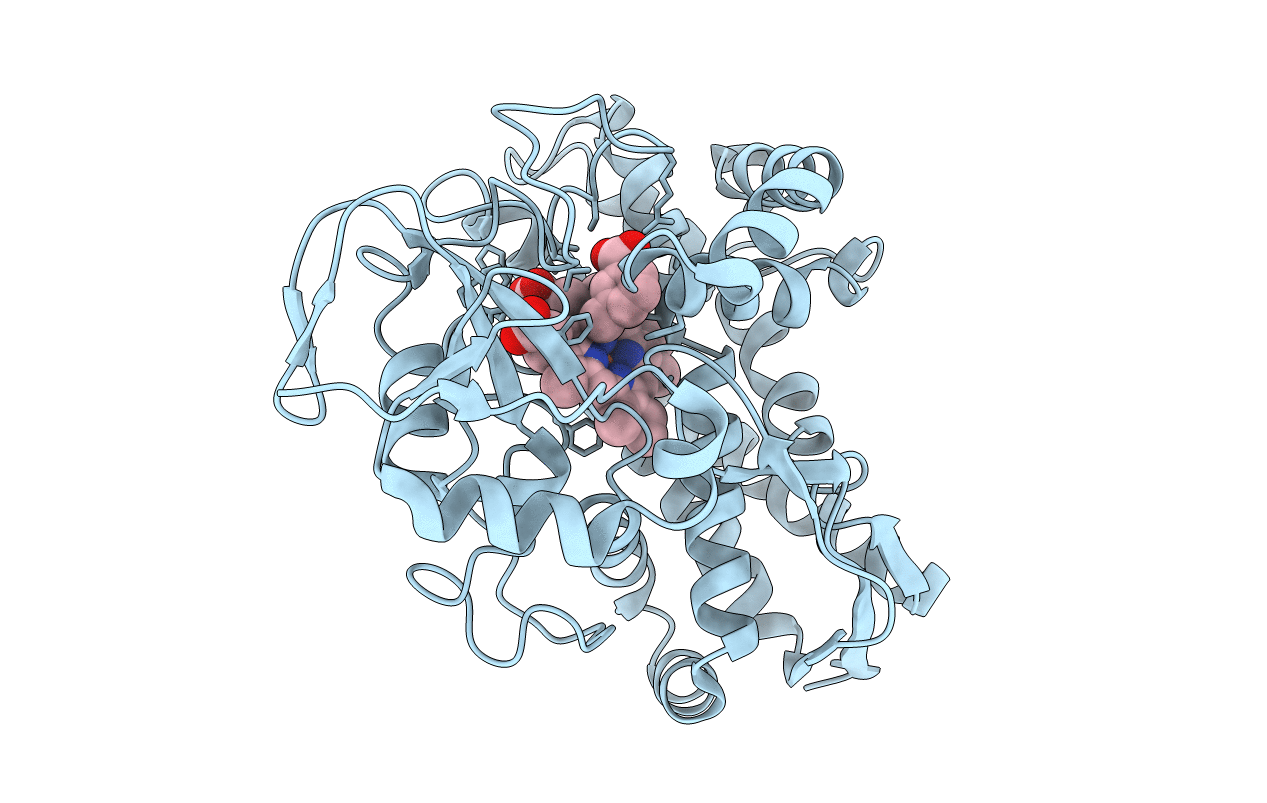
Deposition Date
2019-07-10
Release Date
2019-11-27
Last Version Date
2023-10-11
Entry Detail
PDB ID:
6PQW
Keywords:
Title:
The crystal structure of 3-methylbenzoate-bound CYP199A4
Biological Source:
Source Organism:
Rhodopseudomonas palustris (strain HaA2) (Taxon ID: 316058)
Host Organism:
Method Details:
Experimental Method:
Resolution:
1.68 Å
R-Value Free:
0.18
R-Value Work:
0.14
R-Value Observed:
0.14
Space Group:
P 1 21 1


